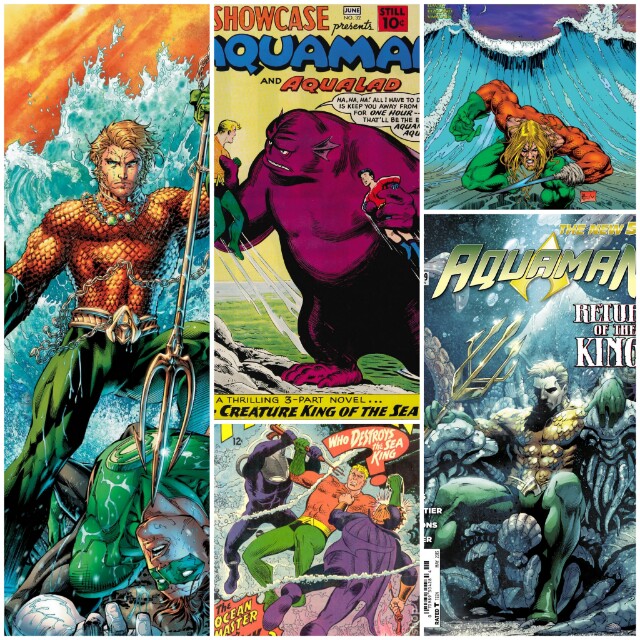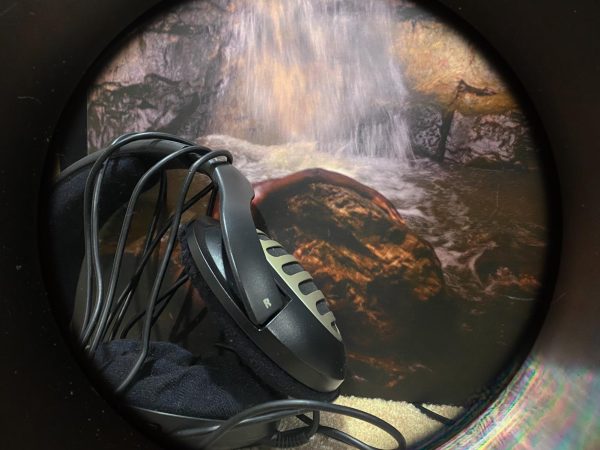King of the Seas: Three “fintastic” stories to read before Aquaman
arious comic book cover encompassing the different eras of the character. The issues, in order: Justice League Vol 2, issue 4 (textless cover), DC Showcase Present #32, Aquaman Vol. 5, issue 0, Aquaman #35, & Aquaman Vol 7, issue 18.
November 8, 2018
The comic book landscape exists in a wildly different spot than it did 40 years ago: major character deaths, while first used to examine how easily we can take these characters for granted and not give them the respect they deserve, now just serve as a selling point for company wide crossovers. Costumes and uniforms went from simple and timeless to more practical and at times, overly intricate uniforms. Perhaps most importantly, the films that represent these characters no longer exist as niche far cries to the source material that Hollywood’s golden children embrace to make unique. Examples of this include the space western influenced Guardians of the Galaxy series, which doubled down on the more “out there” corners of the Marvel Universe. The same applies to The Dark Knight trilogy, with Batman films applying the crime ridden elements of Gotham with a neo-noir vibe.
However, this concept exists more as the exception rather than the rule for the films in the DC Extended Universe (DCEU), which prefer to offer deconstructions of the characters. In all honesty, that kind of story can, and often times does work. However, it seems like audiences want to understand why a protagonist resonates so deeply with fans, and one upcoming DC film seems primed to do just that: Aquaman. Coming out December 21 of this year, the film follows the rise of the eponymous character as he claims his birthright as the King of Atlantis. While the character long earned the derision of the mainstream, the film looks to embrace the comic roots of the character with a decent dispersal of recent and older stories.
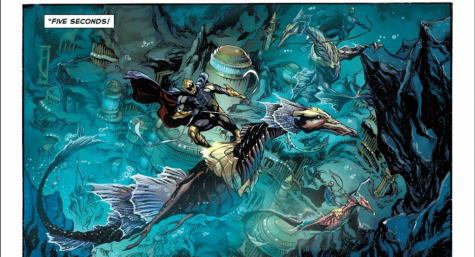
- Throne of Atlantis: Written by Geoff Johns (Sinestro Corps War, Blackest Night) and featuring art from Ivan Reiss (Multiversity, Infinite Crisis) and Paul Pelletier (Outsiders, She-Hulk), this story served as the third major story arc of the New 52 run on the character. It comprises issues 14-17 of Aquaman Vol. 7 and issues 15-17 of Justice League Vol. 2, in alternating order. In it, prince Orm, half-brother to Aquaman, wages war on the surface world after a series of Naval missile tests backfire and ends up attacking Atlantis. All the while, Aquaman must deal with allegiances torn between his friends on the Justice League and his duty as King of Atlantis. The influences of this story make themselves clear in the SDCC trailer for the film: the quote from Mera about “war upon the surface world” implies a similar central conflict. Not dissimilar to the tidal wave that flooded Gotham City in Justice League number 15, another one crashes upon what seems like AmnestyBay, the hometown of the hero in the comics. The quest for the Trident of King comes straight from the comics. Introducing viewers to Ocean Master and the concept of the Weapons of the Dead King, this story arc grants readers enough knowledge to understand the main plot of the upcoming film.
- Aquaman, Vol. 5: Lasting from 1994 to 2001, the seminal run by Peter David (Doom 2099, Red Sonja) made significant revamps to the character over the seven year run. Ditching the clean cut look of the last 50 plus years, artists like Erik Larsen (Spawn, The Amazing Spider-Man) and Martin Egeland (Freex, Star Wars Tales) created a rugged, intimidating visage for the once-derided hero, complete with longer hair and a scraggly beard. This period also saw the introduction of the iconic harpoon hand and pauldron look for the character. Visually speaking, actor Jason Momoa clearly resembles the look of this era. Beyond the hair and beard, the more armored up version of the classic green and orange costume looks right at home in David’s run. While no arc in particular demands reading, issue 25 does deal with Curry uniting the five Lost Cities of Atlantis—a plot point also in the movie.
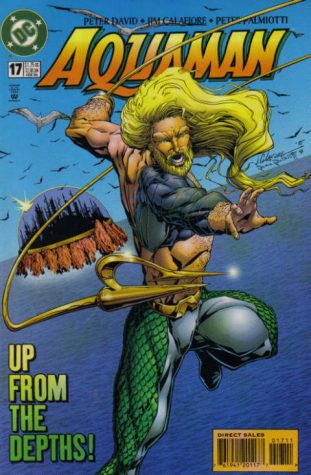
- Aquaman Vol. 7, Issue 10: Blood Feud: The archenemy of the Marine Marvel, Black Manta first graced the DC Universe in Aquaman Vol. 1, Issue 35. However, only after the Post-Crisis era did the character receive a fleshed out origin, wherein a youth abused on a ship attempted, to no avail, to signal Aquaman to his exploitation, and consequently swore revenge on the sea and its representative in Orin. When the DC Universe rebooted in 2011, so did his origin, written by Geoff Johns & drawn by Ivan Reis; in it, sea diver David Hyde, after acquiring a contract from Atlantean Stephen Shin to collect a sample of Aquaman’s blood, saw the hero murder his father after assuming the latter killed Arthur’s father, setting the two down a path of conflict. In the first trailer, Aquaman storms a submarine, while also attacking men in scuba gear. Manta, played in the film by actor Yahya Abdul-Mateen II, appears to wear similar equipment to those men, so that idea certainly seems possible. And while the exact reason for the animosity between the two remains up in the air, this story could give viewers early insight into the history the two share.
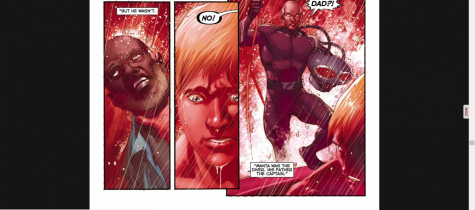
All in all, those three stories should give the casual moviegoing audience a decent amount of understanding regarding the film, its characters, and the world in which they inhabit. Best of all, all three stories exist as relatively self contained stories, disconnected from the larger ongoings of the DC Universe; as a result, continuity issues extend as far as nods to prior events, therefore preventing confusion among readers.




